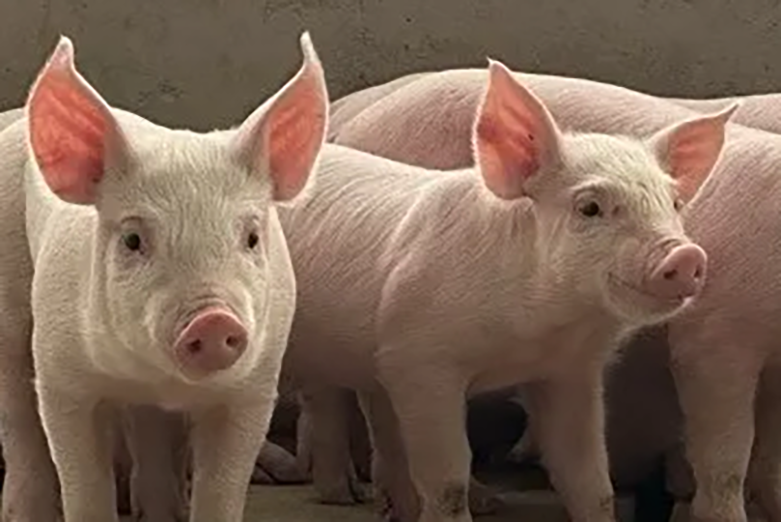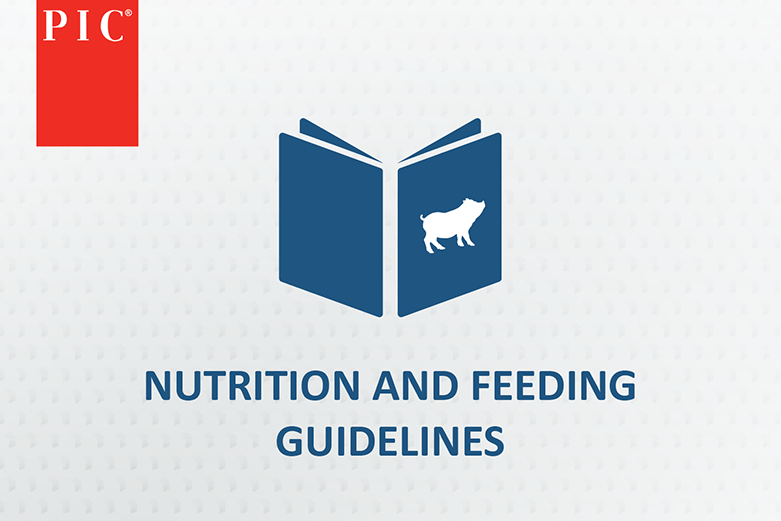The growth and efficiency of today’s maternal genetic lines have improved over the years. We hypothesised that today’s sows are larger and heavier and consequently have higher maintenance energy requirements (MEm).
Different feeding levels were simulated to estimate the percentage of MEm they would achieve if fed during the gestation period:
Level 1) 5.17 or 3.85 Mcal of metabolic energy (ME) or net energy (NE) per day;
Level 2) 5.90 or 4.40 Mcal of ME or NE/day;
Level 3) 6.46 or 4.82 Mcal of ME or NE/day.
Feeding Level 1 would result in gilts being fed below maintenance energy from day 90 to 112 days of gestation (Table 1), parity 1 sows would be fed below maintenance energy from day 30 to 112, and parity 2+ sows would be fed below maintenance energy throughout gestation.
Feeding Level 2 would result in a few gilts, half of the parity 1 sows, and all of the parity 2+ sows being fed below maintenance energy from day 90 to 112 days of gestation.
Feeding Level 3 would result in all gilts and parity 1 sows being fed above maintenance energy throughout gestation, and a quarter of parity 2+ sows being fed below maintenance energy from day 90 to 112 gestation.
In summary, due to the weight gain and high MEm requirements of today’s sows, there is a need to re-evaluate the implications and trade-offs between feeding levels and reproductive performance.
Table 1. Sows fed below or above maintenance energy requirement (based on NRC (2012) model) according to different simulated feeding levels throughout gestation for gilts, parity 1 and parity 2+.1

1 ↑ = Mean above maintenance energy; “=” = Mean at maintenance energy level; ↓ = Mean below maintenance energy.
2 NE = Net Energy.
Source: Carine M Vier, Gefferson Almedia da Silva, Lori Thomas, Ning Lu, Steve Dritz, Ron Navales, Wayne R Cast, Uislei A Orlando, Assessment of Modern Gilts and Sows Body Weight Throughout Gestation and How Different Daily Energy Intakes Meet the Energy Requirement for Maintenance at Each Parity, Journal of Animal Science, Volume 100, Issue Supplement_2, May 2022, Page 113, https://doi.org/10.1093/jas/skac064.192
PIC’s Comments
Jordi Camp Montoro, PIC Europe Nutrition Manager
Pig producers have benefited from the genetic progress achieved by selecting for relevant economic and social traits such as robustness, efficient growth, and carcass quality. As 50% of the genes of a finisher pigs come from the dam, modern breeding companies design balanced breeding goals to ensure that both maternal and paternal lines are selected according to the role they play in the breeding program while still paying attention to those relevant traits.
Growth potential of modern maternal lines is higher, resulting in a heavier breeding sow population thereby increasing energy requirements for maintenance. Furthermore, such energy requirements may vary across different parities.
A modelling exercise was performed using two data sets from two commercial trials conducted in USA. Maintenance energy was calculated based on the NRC model (MEm , Mcal /d = 100 × (CP, kg)0.75/1000) and the percentage of MEm for different gestation periods (i.e. 0-30, 30-90, and 90-112 days of gestation) and three levels of daily energy intake (3.85, 4.40, and 4.82 Mcal of NE) were predicted.
PIC recommends is a daily energy intake of 4.4 Mcal of NE for gilts and multiparous sows in target body condition. For gilts, this recommendation is in line with their maintenance energy needs.
However, sows parity two and above sows would be below maintenance energy requirements during late gestation (i.e., 90 to 112 days). A correction of 0.55 Mcal of NE/day would allow multiparous sows to meet and exceed? Their maintenance energy requirements at the end of gestation.
In conclusion, nutrition and feeding management must be adapted as genetic progress leads to increased weight and MEm requirements of modern sows. There is a need to re-evaluate the implications of different feeding levels during gestation for optimal performance in terms of (re) productive performance and animal welfare.




